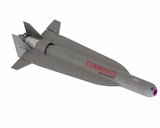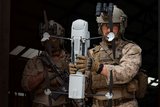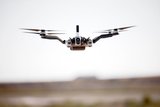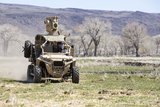A new strategic partnership between the UK’s National Aeronautical Centre (NAC) and Oklahoma State University’s Multispectral Laboratory (UML) could pave the way for the use of UAVs in civilian airspace. The partnership, announced on 22 November, aims to provide data and experience necessary to establish national safety standards for the construction, testing and control of civilian UAS that will enable them to operate in civilian airspace under regulated conditions.
According to the NAC, the agreement will see both parties exchange their development and operational experiences with the US Federal Aviation Administration (FAA), the UK’s Civil Aviation Authority (CAA) and the European Aviation Safety Agency (EASA), to establish a framework for internationally accepted regulation at the earliest possible date.
The NAC is based at West Wales Airport, which, for the past eight years has been extending its capability of operating large UAS beyond visual line of sight. Some of the main players in the UAS industry use the NAC’s facilities, including Thales UK and Selex Galileo, and the airport is also home to the UK Ministry of Defence’s Watchkeeper UAS, which is undergoing an extensive test and evaluation programme prior to going into service with the British Army.
Oklahoma’s UML supplies research and development as well as test and evaluation services in support of UAS at federal, state and commercial levels. Operating airfield facilities near Fort Sill, OK, the UML has established competences working with UAS at many levels.
Success in this venture will be a significant step in enabling UAS operating companies on both continents to gain the necessary clearances to access the civilian UAV market.
Ray Mann, managing director of West Wales Airport said: ‘This is an extremely important development that will deliver many benefits, as well as maintaining both our facilities at the leading edge of this burgeoning sector of aerospace. I am very pleased this special working relationship has been created with Oklahoma and believe our experiences at the NAC will be a major contribution to our work together.
‘There are many very capable UAS companies from around the world who know the material and financial benefits that will arise once it becomes possible to operate unmanned systems in civilian airspace. The opportunity that has now arisen for us to work with Oklahoma’s UML will be a significant step towards establishing the long awaited criteria for that to happen.’






















